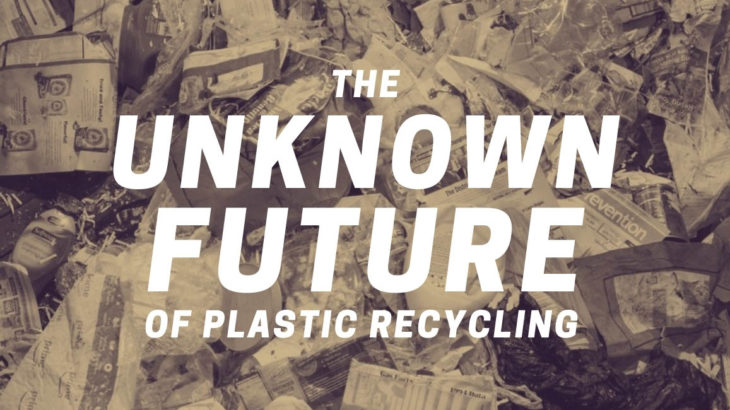
U.S. Recycling Industry Struggling Without China
Up until last year, the United States has sent most of it’s plastic waste to be recycled in China. The United States currently only recycles about 10% of it’s own plastic waste, compared to other European countries who recycle about 35% to 40% of their plastic waste. The United States is fully capable of recycling our own plastic waste domestically, but we need to find the right methods to do so.
Recycling plastic comes with it’s own set of complications. While we define things as “plastic,” there are indefinite different types of plastics. Each possesses it’s own characteristics and determines how they can be recycled in order to turn them into new products, making recycling more difficult than consumers think.
While we have the technology to recycle many types of plastics, there’s just one catch: cost. Creating brand new plastic using oil and gas from the ground costs about three times less than recycling plastic to make new products. Additionally, because the U.S. has sent it’s plastic overseas for recycling, there aren’t enough domestic recyclers to handle large amounts of plastic recycling.
The journey to domestic recycling is an uphill battle as plastic producers make hundreds of millions of tons of plastic annually (half of which is single use). In order to make recycling more commonplace in the United States, there needs to be more recycling facilities and more companies that are willing to cut down their plastic recyclables. The demand for plastic will never diminish, but consumers can also do their part by buying products that contain recycled plastic.
Learn what else the U.S. is planning for the future of the recycling industry.






